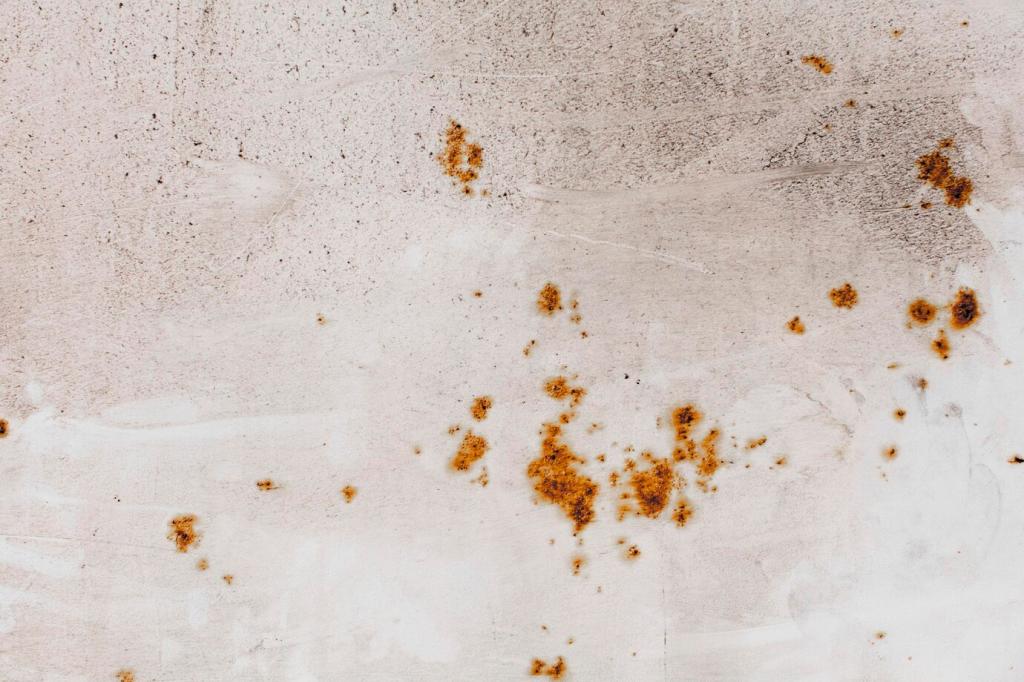Cross-Cultural Perspectives on Minimalist Painting
Chosen theme: Cross-Cultural Perspectives on Minimalist Painting. Explore how restraint, silence, and distilled form travel across cultures—shaped by philosophies, materials, and everyday rituals—while inviting you to see more by looking at less.

Origins That Echo Across Continents
After World War II, New York painters distilled form to steel-gray planes, raw canvases, and industrial pigments. Their restraint sought truth in structure over gesture, a stance that unexpectedly mirrored long-standing global traditions of clarity and spareness, revealing that Cross-Cultural Perspectives on Minimalist Painting were already quietly present in disparate visual languages.
In Japanese aesthetics, Ma frames emptiness as potent presence. A single brushed stroke can balance a field of quiet space, turning the pause into poetry. This sensitivity to stillness becomes central to Cross-Cultural Perspectives on Minimalist Painting, where the void is not absence but an active field that invites breath, reflection, and mutual awareness.
Islamic art’s devotion to geometry channels infinite order without figuration. Repeating patterns and measured grids cultivate focus and humility. When minimalist painters reduce their compositions to calibrated lines and modules, they converse with this legacy, underscoring how Cross-Cultural Perspectives on Minimalist Painting connect spiritual discipline with rigorous visual economy.
Materials as Cultural Memory
Dansaekhwa’s Paper, Pressure, and Patient Repetition
Korean Dansaekhwa artists worked hanji paper and canvas with repetitive pushes, rubbings, and monochrome washes. The labor accumulates as quiet relief, like breath counted during meditation. These methods reveal Cross-Cultural Perspectives on Minimalist Painting where process is meaning: endurance, discipline, and intimacy inscribed through patient, near-ritual touch.


Concrete Abstraction in Latin America
In Brazil and Argentina, concrete and neo-concrete artists embraced clarity through modular color, industrial paint, and precise edges. Yet their minimal vocabularies pulse with embodied rhythm, local light, and urban optimism. That blend of clarity and warmth broadens Cross-Cultural Perspectives on Minimalist Painting beyond austerity into relational, sensorial experience.
Color: Silence, Resonance, and Cultural Codes
A white monochrome in Seoul whispers differently than one in Stockholm or New York. In Korea, muted whites can suggest rice paper, breath, and restraint. In the North, cool light sharpens edges. Cross-Cultural Perspectives on Minimalist Painting teach us that the same hue shifts meaning as it moves through language, weather, and memory.
Color: Silence, Resonance, and Cultural Codes
Ochres, clays, and charcoal pull minimal canvases toward land and ceremony. When artists limit themselves to earth tones, they condense landscapes into elemental signals. The result, within Cross-Cultural Perspectives on Minimalist Painting, is a grounded austerity that honors place while stripping away spectacle and distraction.
Color: Silence, Resonance, and Cultural Codes
A factory-mixed gray can feel impersonal until a thin brush drag reveals the artist’s hand. Conversely, a mineral wash may appear natural yet read as highly composed. Cross-Cultural Perspectives on Minimalist Painting show how technique and trace recalibrate the temperature of color, from clinical to tender, across contexts.
Space, Display, and Ways of Seeing
The Japanese tokonoma alcove elevates a single scroll or object, teaching the eye to honor one thing at a time. Apply that principle to a minimalist canvas and silence becomes the frame. Cross-Cultural Perspectives on Minimalist Painting remind us that display architecture can be an active collaborator, not a neutral backdrop.
Space, Display, and Ways of Seeing
Modern galleries promise neutrality, yet their white walls impose a bright, clinical clarity. Some cultures prize warmer, dimmer light that softens edges and slows looking. Understanding these choices enriches Cross-Cultural Perspectives on Minimalist Painting by exposing how context subtly conducts our attention like a careful orchestra.


Stories from the Studio and the Street
In a museum, a visitor sat before a gray rectangle for nine minutes, recalling her grandmother’s tatami room where afternoon dust floated like snowfall. That bridge between memory and canvas embodies Cross-Cultural Perspectives on Minimalist Painting: the work is a mirror that finishes itself inside the viewer.
How to Look: Practices for Slow Seeing
Stand close for texture, then back away in measured steps. Repeat. Give yourself timed intervals—two, five, ten minutes. Cross-Cultural Perspectives on Minimalist Painting become legible when the eye settles and the breath slows, revealing seams, rhythms, and decisions hidden in the first glance.
Join the Conversation
01
Tell us about a modest space, object, or ritual from your culture that taught you to value restraint. Your story deepens Cross-Cultural Perspectives on Minimalist Painting by revealing how personal histories shape what we notice, cherish, and gently ignore.
02
Create a small study using only three marks and one color drawn from a local material or memory. Post it and explain your choices. These mini-essays in reduction expand Cross-Cultural Perspectives on Minimalist Painting through hands-on insight and playful discipline.
03
Join our list for essays, studio visits, and reader spotlights exploring reduction across regions. Together we will keep tracing Cross-Cultural Perspectives on Minimalist Painting—finding kinships, disagreements, and surprising harmonies in the spaces between brushstrokes.
